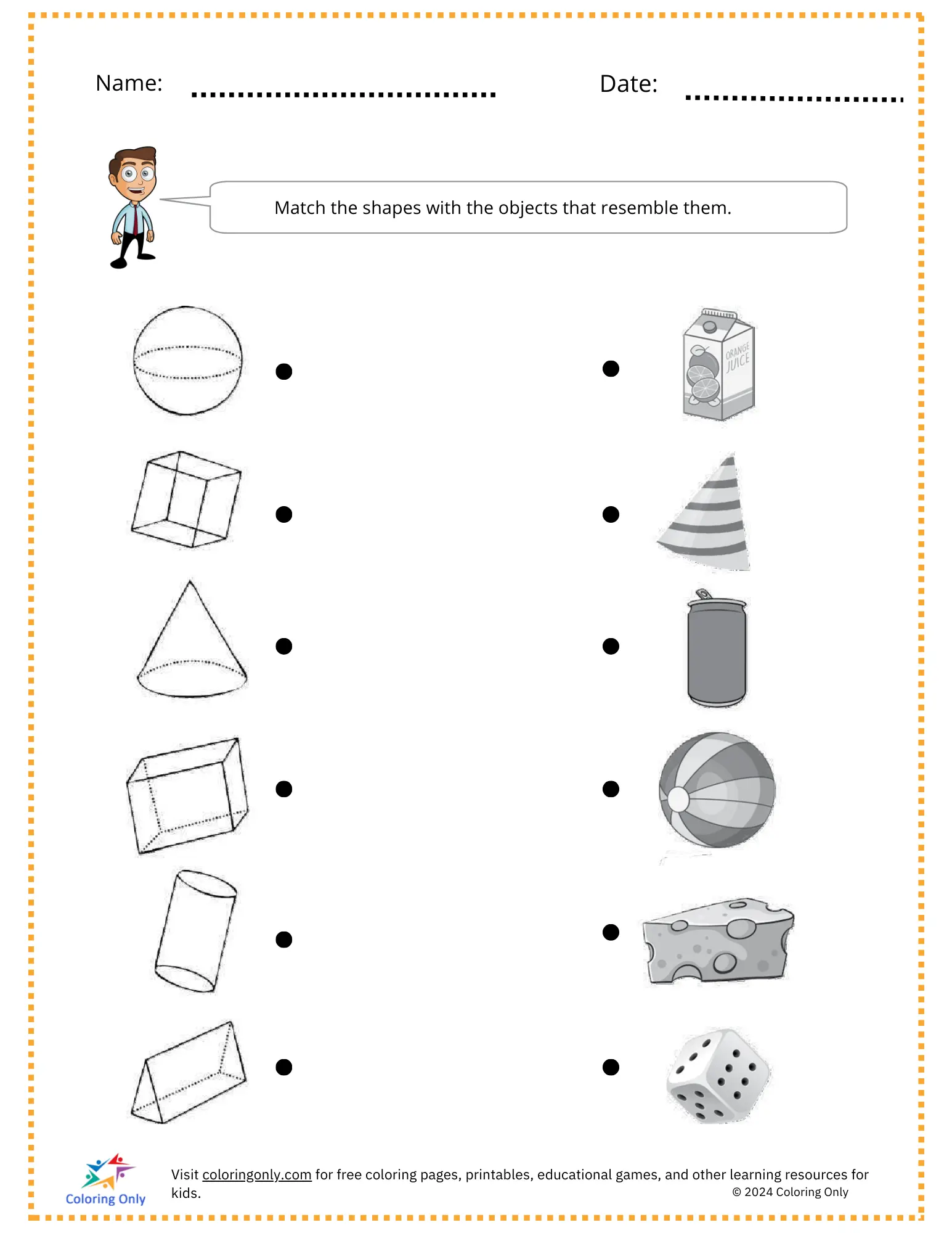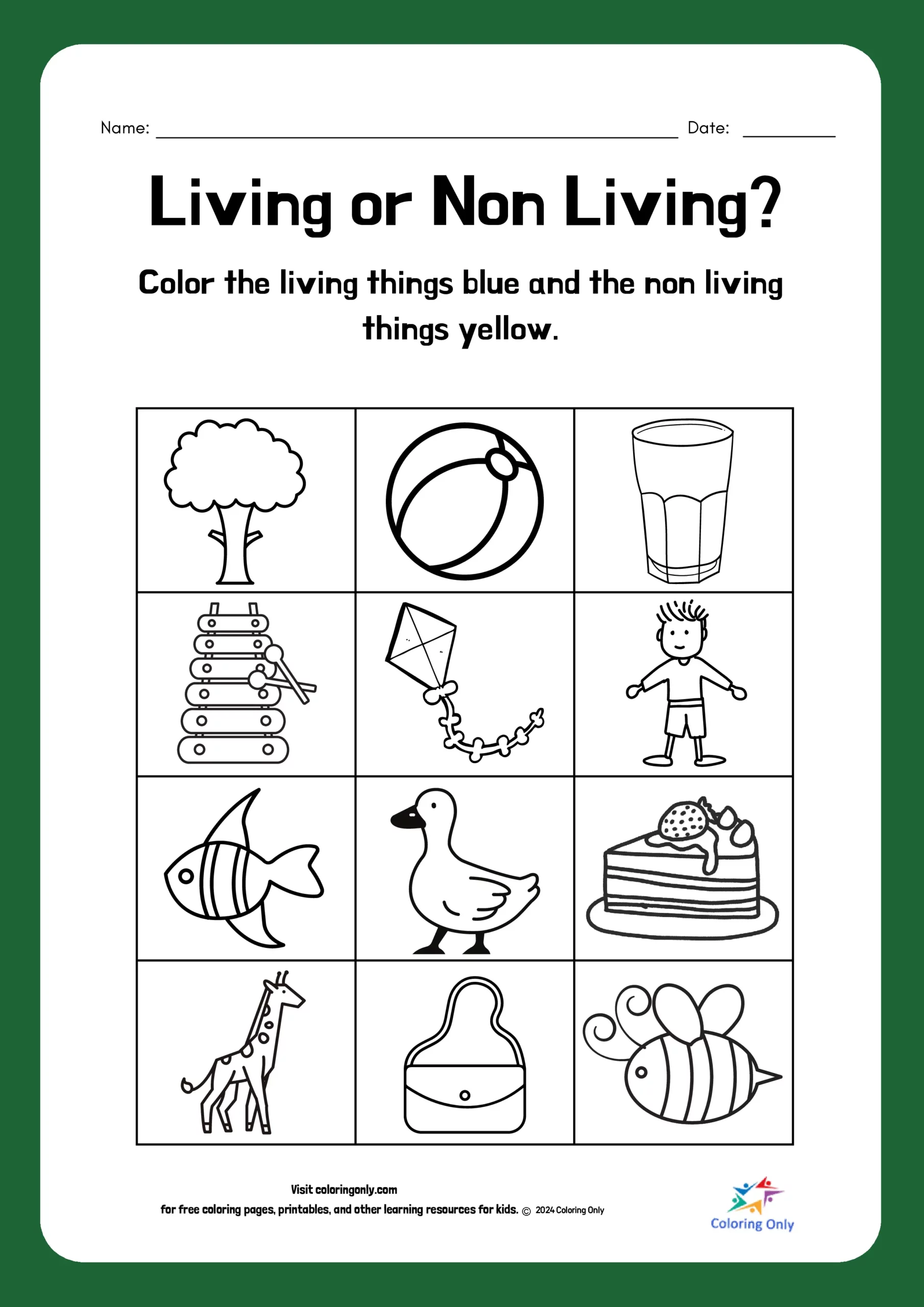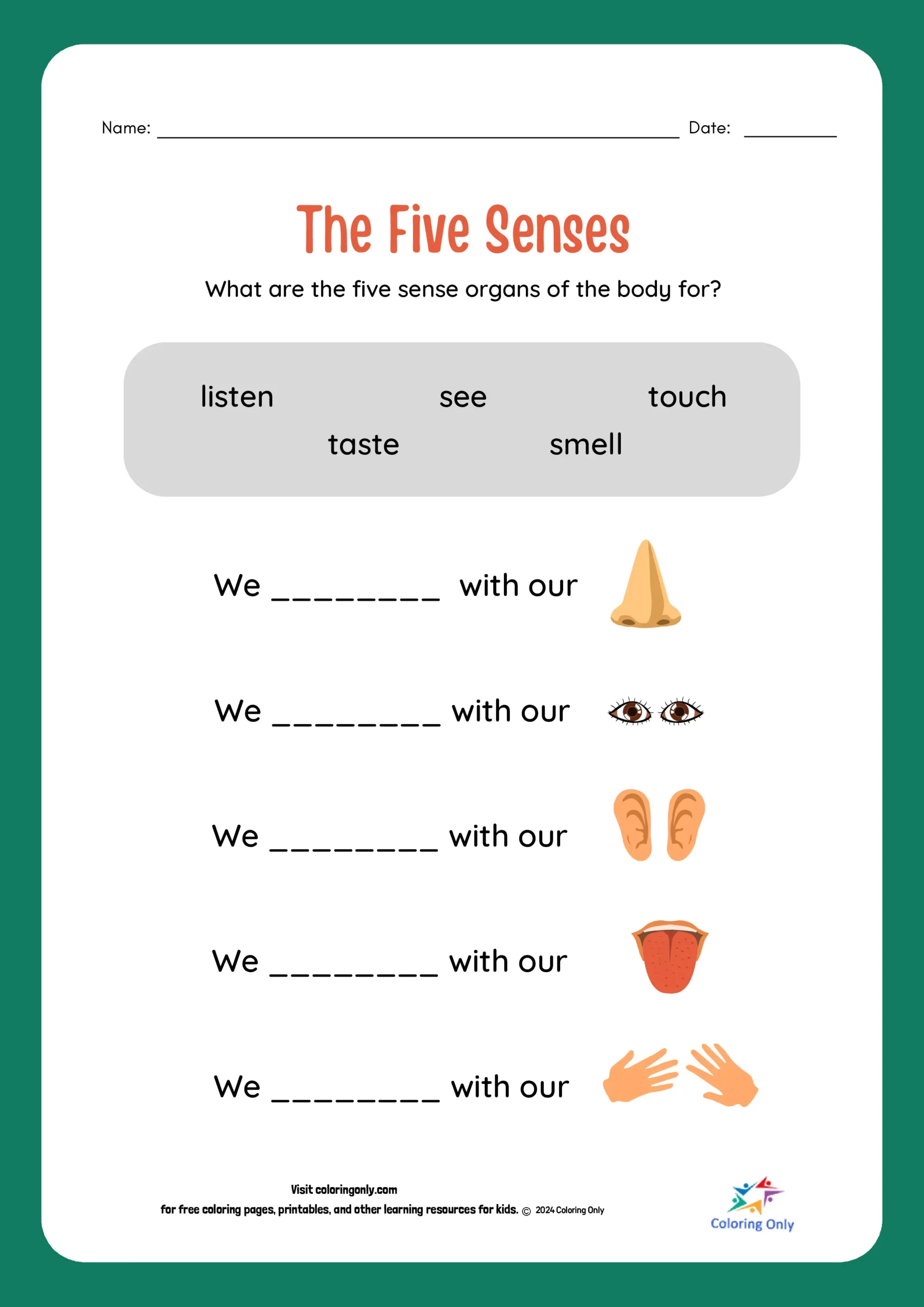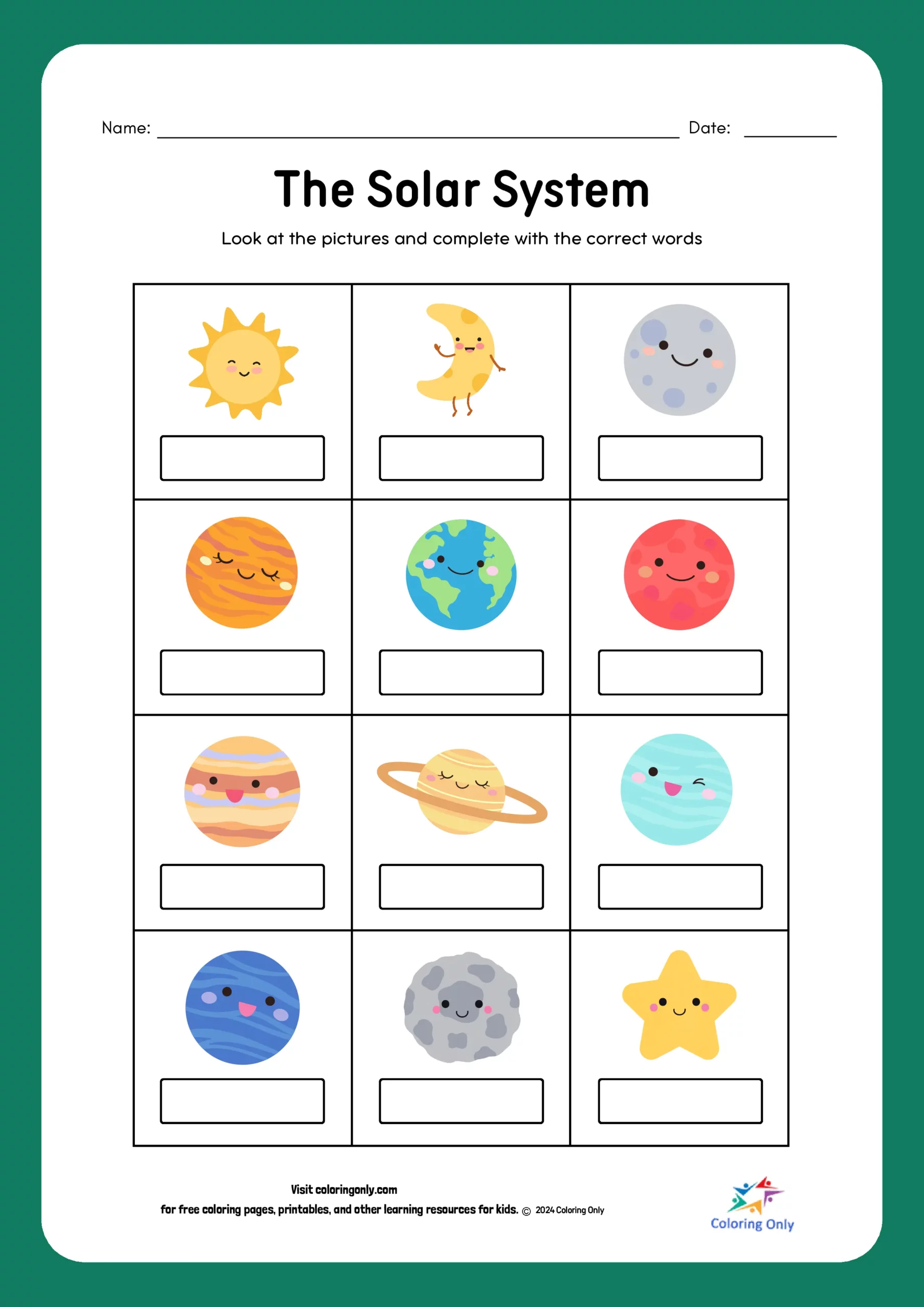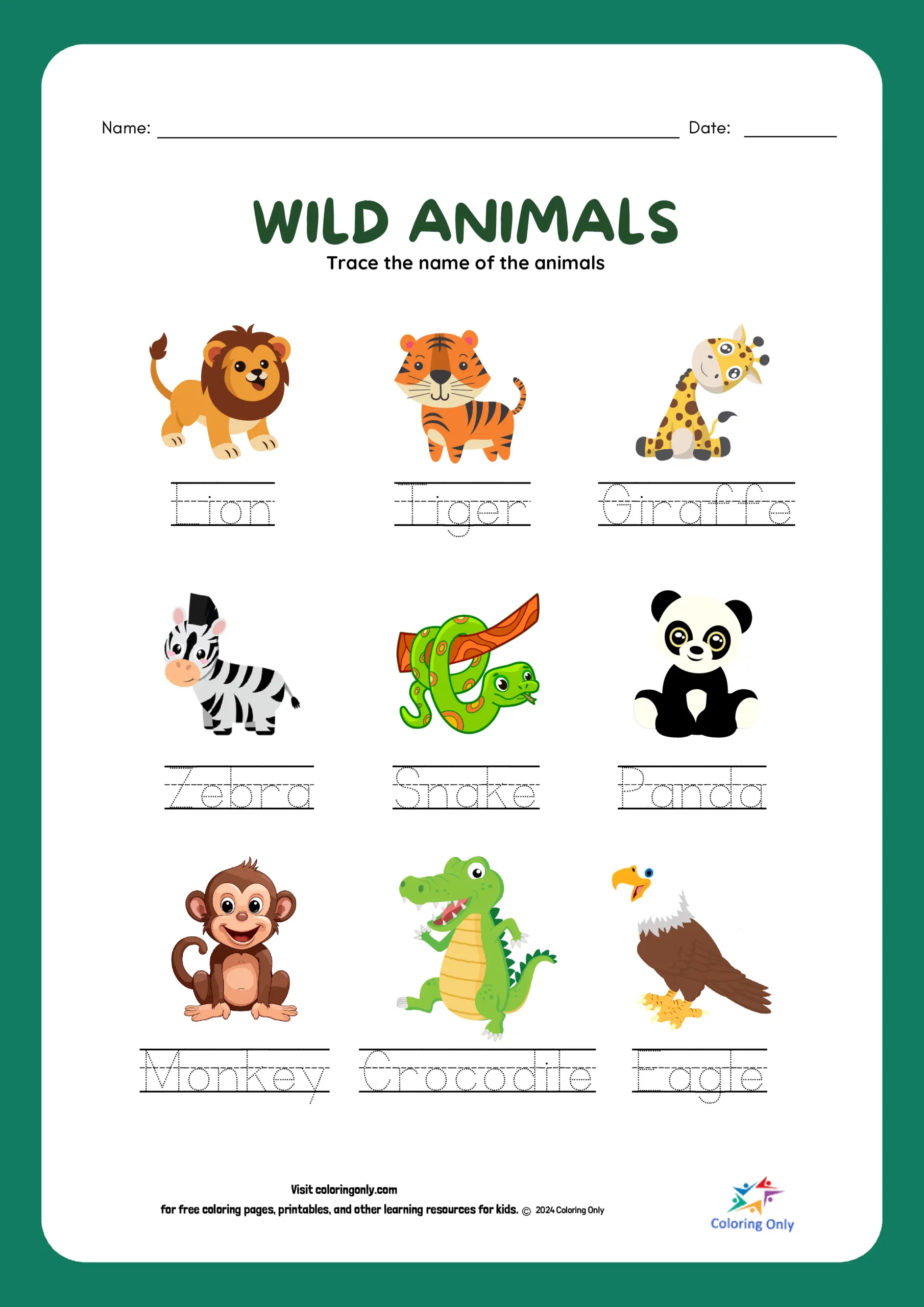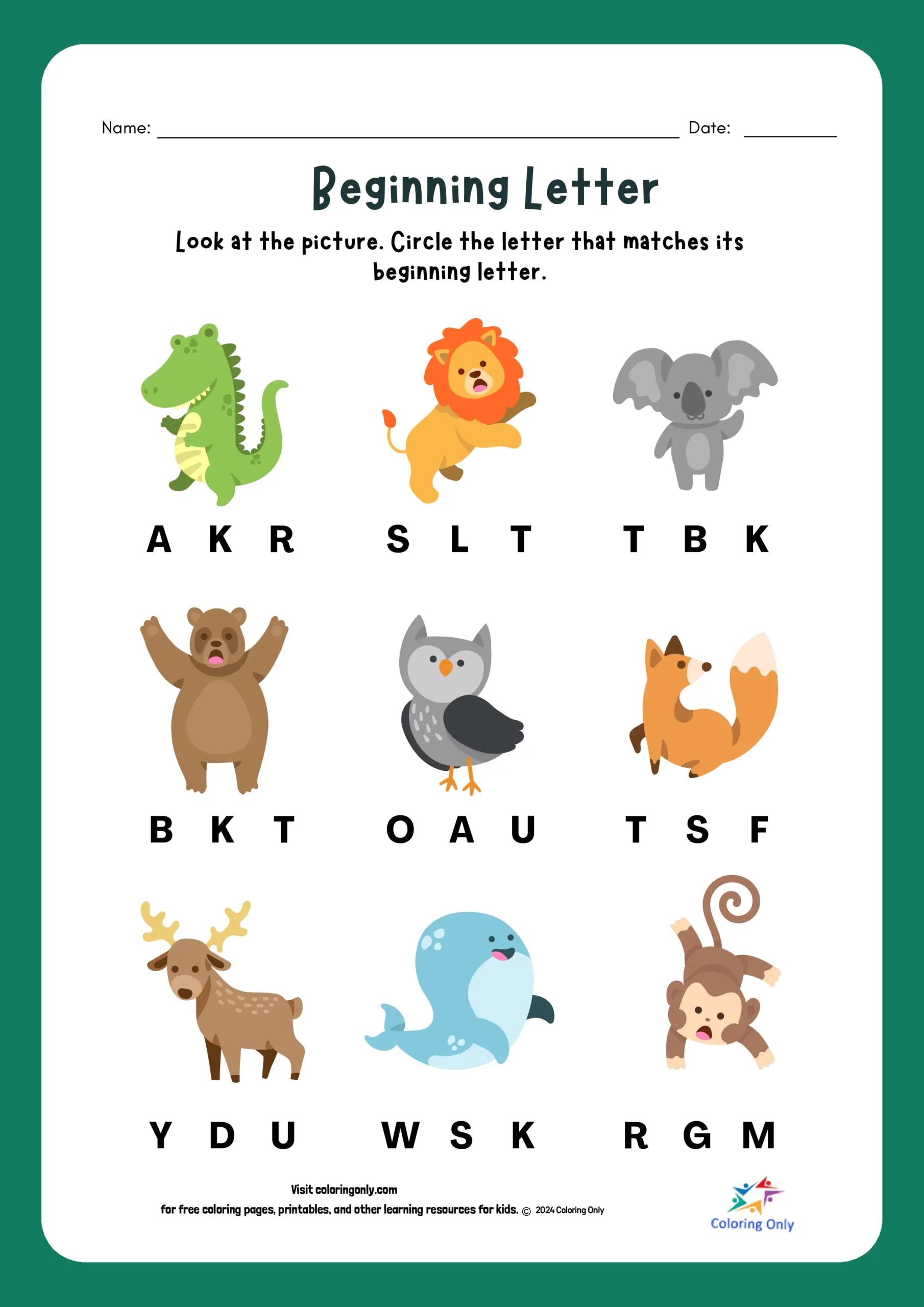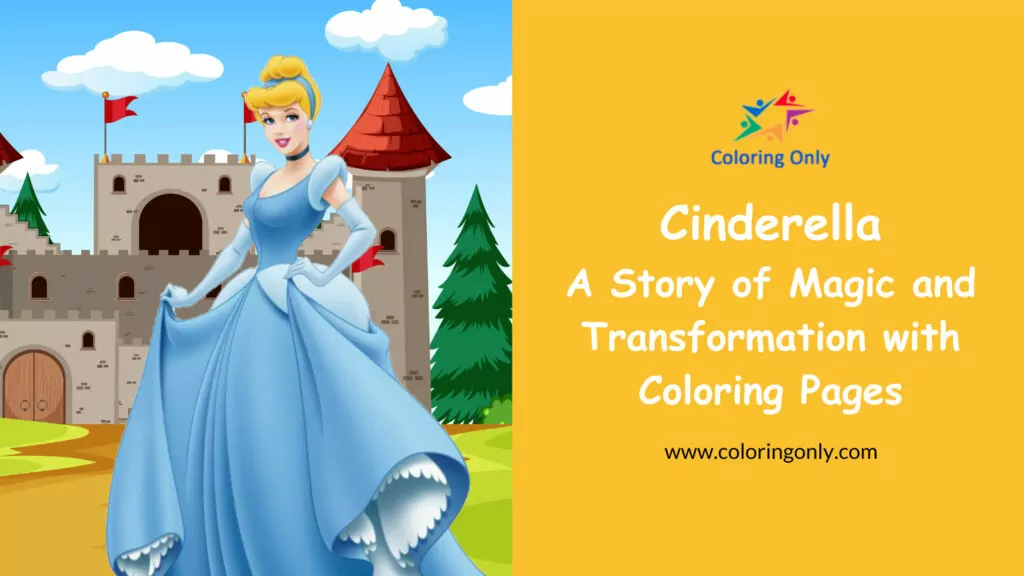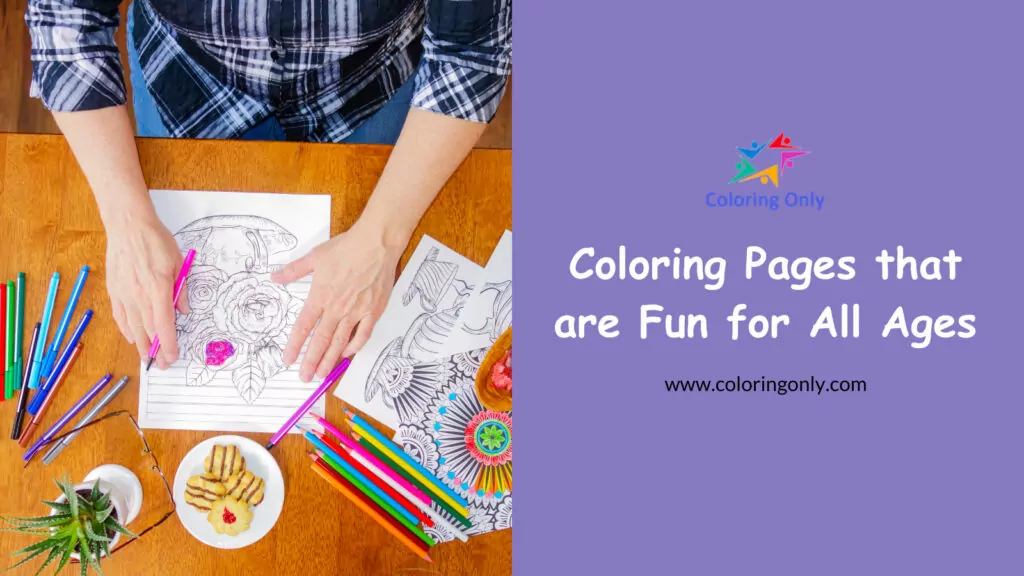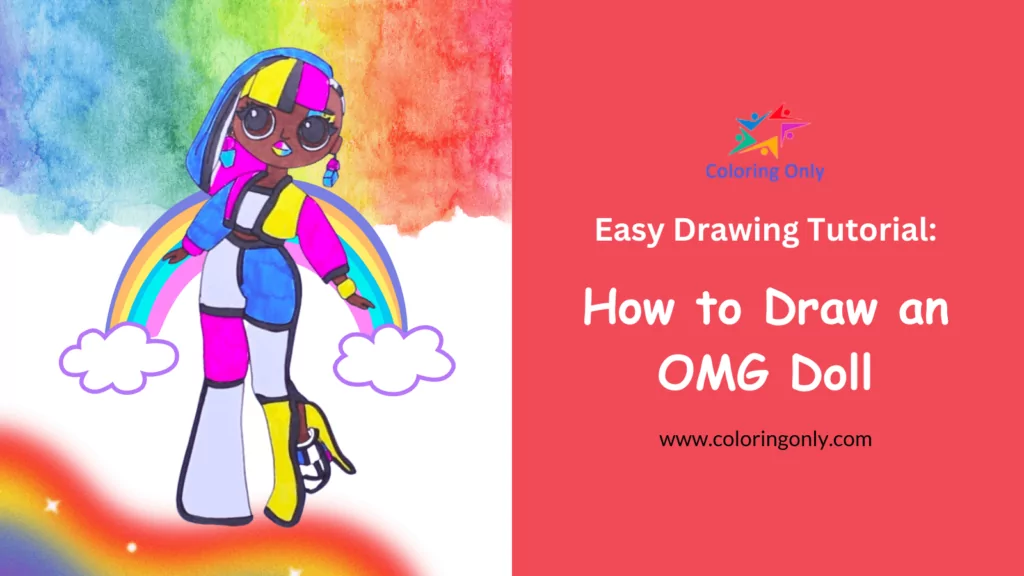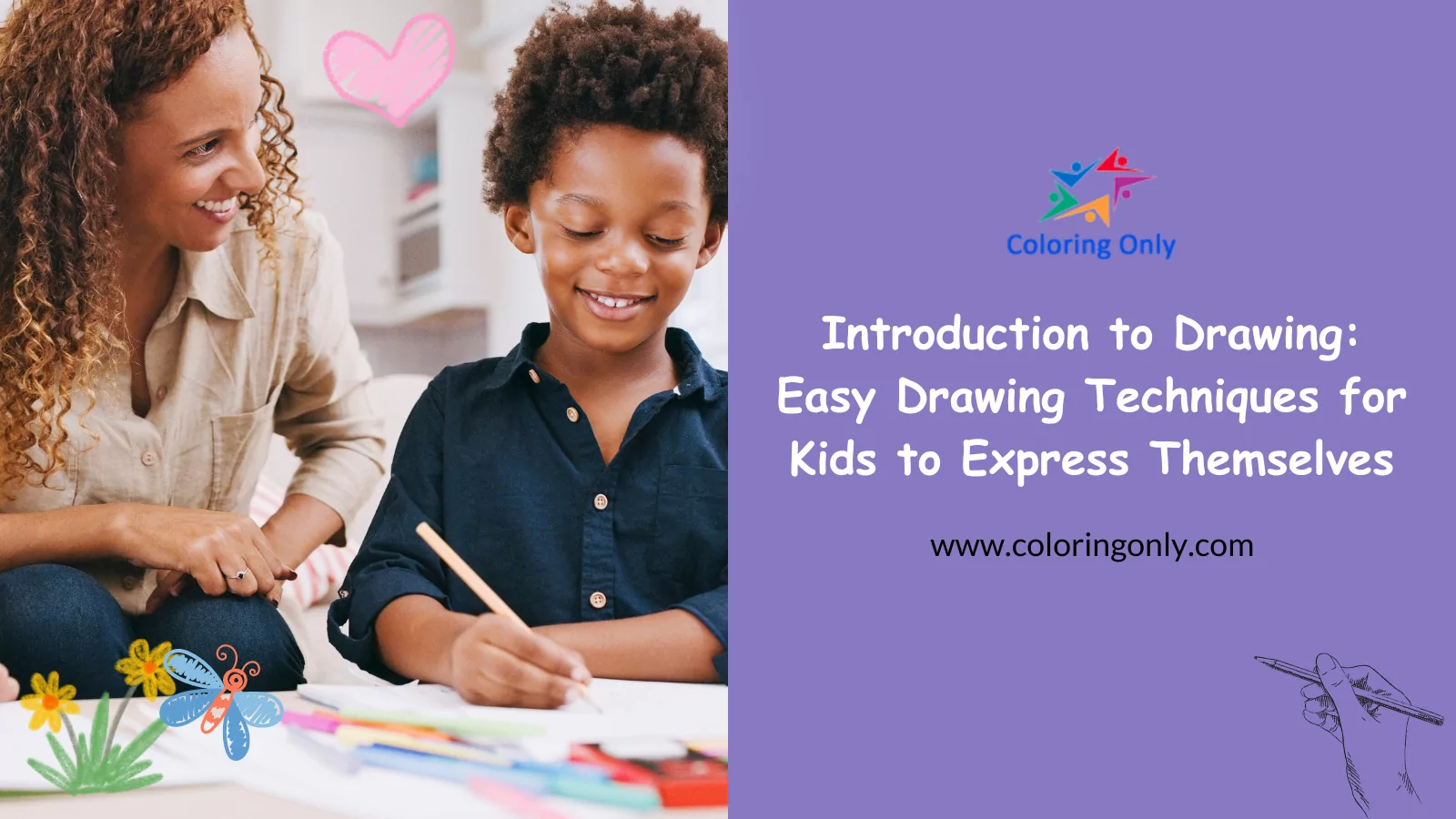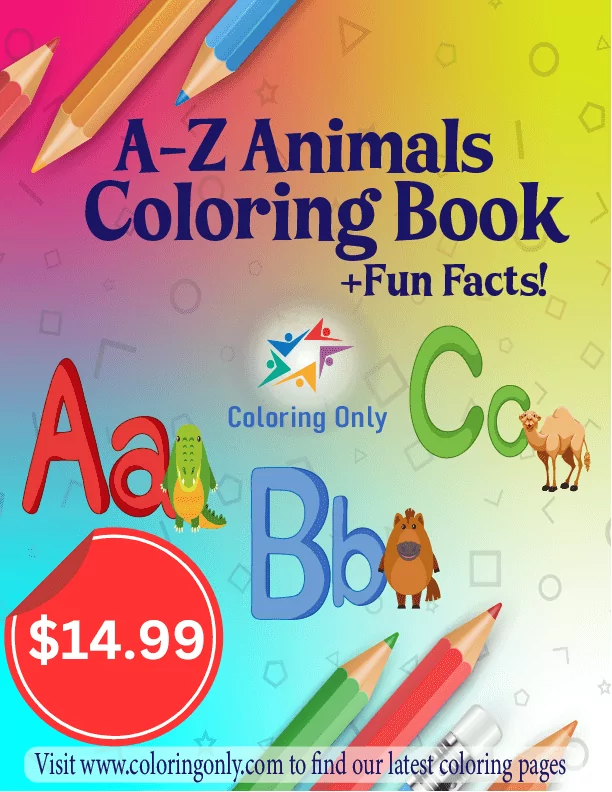
Educational worksheets are a great tool for engaging young minds. This guide explores eight educational topics, providing free printable worksheets to enhance learning. From understanding 3D shapes to discovering wild animals and their habitats, these resources are perfect for parents and educators.
1. Understanding 3D Shapes
Introduction to 3D Shapes
Learning about 3D shapes is crucial for young children. Our 3D shapes free printable worksheet introduces kids to shapes like cubes, spheres, and cylinders. This foundational knowledge helps in understanding more complex geometrical concepts later.
Recognizing 3D Shapes in Everyday Life
Children can recognize 3D shapes in their surroundings. They see spheres in balls, cubes in dice, and cylinders in cans. Identifying these shapes in everyday objects makes learning more relatable and fun.
Activities for Learning 3D Shapes
Engage children with activities that involve sorting and categorizing objects by shape. Use building blocks or playdough to create different shapes. These hands-on activities reinforce their understanding of 3D shapes.
2. Living vs Non-Living Things
Characteristics of Living Things
Understanding the characteristics of living things is essential. Our living or non-living free printable worksheet helps children learn what makes something alive, such as movement, growth, and reproduction.
Identifying Non-Living Things
Non-living things do not have the characteristics of living organisms. Teaching kids to identify non-living things helps them understand the differences. Items like rocks, toys, and buildings are examples of non-living things.
Differences Between Living and Non-Living Things
Use sorting activities to help children distinguish between living and non-living things. These activities enhance their observational skills and understanding of the natural world.
3. Exploring the Five Senses
Importance of the Five Senses
The five senses are vital for interacting with the world. Our five senses free printable worksheet teaches children about sight, hearing, taste, touch, and smell. Understanding these senses helps kids make sense of their environment.
Fun Experiments to Understand the Five Senses
Engage children with experiments that stimulate their senses. Activities like taste tests, sound identification, and texture exploration make learning about the senses interactive and enjoyable.
How Our Senses Work Together
Teach children how senses work together to provide a complete picture of their surroundings. For example, tasting food involves both taste and smell. Understanding this integration enhances their comprehension of sensory experiences.
4. Journey Through the Solar System
Introduction to the Solar System
Exploring the solar system sparks kids’ imaginations. Our solar system free printable worksheet introduces planets, the sun, and other celestial objects. This basic knowledge sets the stage for future astronomy lessons.
Fun Facts About Each Planet
Sharing fun facts about each planet makes learning exciting. Jupiter is the largest planet. Venus is the hottest. These facts make kids curious about space.
Understanding the Concept of Space
Help kids grasp space concepts with visuals and hands-on activities. Use models to show planet positions and movements. This method makes abstract ideas more concrete.
5. Discovering Different Landscapes
Types of Landscapes
Landscapes range from mountains to deserts. Our landscapes free printable worksheet teaches kids about different landscapes and their features. Learning about landscapes enhances their geography knowledge.
How Landscapes Affect Living Things
Explain how landscapes impact plants and animals. Desert animals have adaptations for heat. Forest animals might be good at climbing trees.
Exploring Landscapes Through Art
Encourage kids to explore landscapes with drawing and painting. Art activities let them express their understanding and reinforce learning.
6. Wild Animals and Their Habitats
Introduction to Wild Animals
Wild animals captivate kids. Our wild animals free printable worksheet introduces various wild animals and their habitats. This knowledge nurtures a love for wildlife and nature.
Understanding Animal Habitats
Teach kids about different habitats like forests, oceans, and savannas. Knowing where animals live helps kids appreciate Earth’s diversity.
Importance of Wildlife Conservation
Highlight the importance of wildlife conservation. Teach kids about endangered species and how to help protect animals. This instills a sense of responsibility towards nature.
7. Learning the Alphabet
Importance of Alphabet Recognition
Alphabet recognition is crucial for early learning. Our beginning letter free printable worksheet helps kids learn the alphabet with fun activities. Recognizing letters is the first step towards reading and writing.
Fun Activities for Learning Letters
Use fun activities like letter tracing, matching games, and alphabet songs. These methods make learning letters enjoyable and memorable.
Tips for Teaching the Alphabet
Use varied teaching methods to fit different learning styles. Visual aids, hands-on activities, and repetition work well. Be patient and encouraging to create a positive learning experience.
Conclusion: The Joy of Learning
The Importance of Hands-On Learning
Hands-on learning is essential for young kids. It makes abstract concepts concrete and helps retention. Encourage activities that involve touching, building, and experimenting.
Encouraging Curiosity and Exploration
Foster curiosity and exploration in kids. Encourage them to ask questions and find answers. This approach nurtures a lifelong love for learning.
Fostering a Love for Science and Mathematics
Make science and math fun and accessible to inspire a love for these subjects. Use free worksheets for engaging and educational activities. Support their interests and celebrate their discoveries.
Explore the links provided for more free printable worksheets to support your child’s educational journey.

